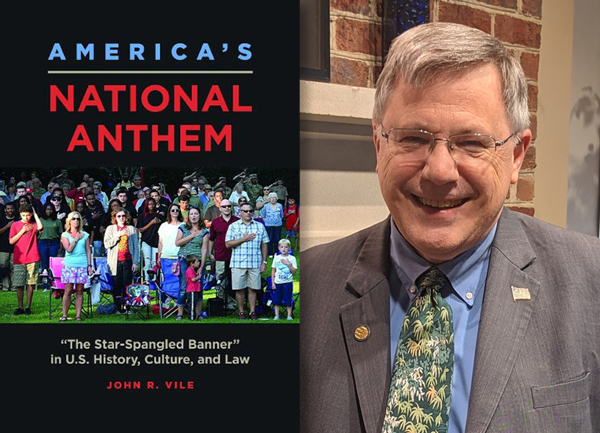
Americans celebrate Independence Day, commonly referred to as the Fourth of July, to commemorate the signing of the Declaration of Independence from England on July 4, 1776.
Our national anthem, “The Star-Spangled Banner,” familiar to many, many people in the U.S. (the first verse, at least), represents the struggle for that freedom.
In his book America’s National Anthem: The Star-Spangled Banner in U.S. History, Culture, and Law, writer, teacher and minister Dr. John Vile has put together a resource for understanding all aspects of the U.S. national anthem and its significance in U.S. history and today’s American culture.
“One of the things that you most prominently associate with the anthem, particularly around the Fourth of July, is the singing or the rendition somehow or another of the national anthem,” said Vile, a professor of political science and dean of the University Honors College at MTSU, in an interview with the Murfreesboro Pulse.
“The anthem has been increasingly tied to sports events as you know, and it has become a little bit more controversial.”
He points out that the anthem is played at most graduations as well.

“I always hear the anthem, and at MTSU they have someone lead in the alma mater, which is pretty easy to sing, but someone just starts the anthem and the audience sings, and this audience rendition is really hard to pull off,” the writer says.
“One of the misconceptions about the anthem is that it is sometimes called an old drinking song, but the original tune was a song of a very elite group of musicians and upper class people in England who would get together and have original performances. It is one of the harder national anthems compared to ‘God Save the Queen,’ and I think that is one reason why if you try to do a patriotic song at school, unless you have a good soloist, it’s more likely to be ‘America the Beautiful’ or ‘God Bless America’ or some tune like that.”
Some have sung and performed great, memorable versions of “The Star-Spangled Banner” and some versions have raised eyebrows.
“The most controversial performance of the national anthem has probably been Roseanne Barr’s, and there is still a little debate around it,” Vile said. “In my own opinion, she actually thought she could sing it and then she got in the middle and realized she couldn’t, and then she tried to make a joke of it, and it’s not something most people want to joke about. It was in very poor taste.
“Then there was one who gave a very sultry version and all of the basketball players started giggling,” said Vile, laughing. “A reporter asked one of the players what he thought, and he said he felt like he needed to smoke a cigarette afterward.”
The county has become more accepting of various presentations of the anthem over time, though.
In his book, Vile recalls a performance in 1968, by a 23-year-old blind singer named José Feliciano.
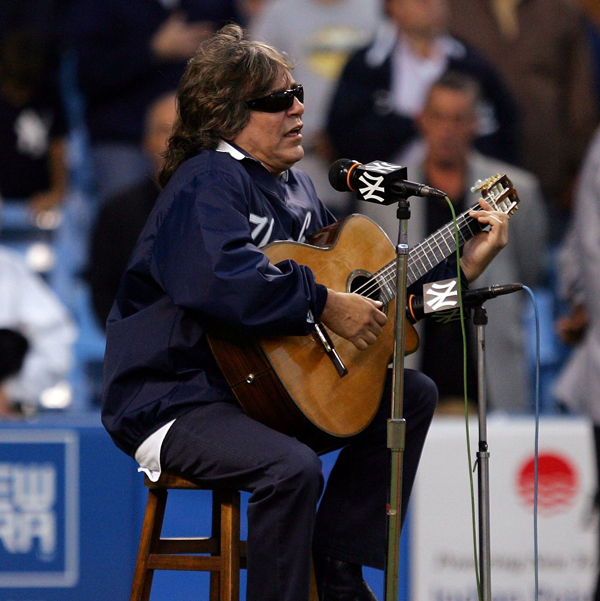
Feliciano, who had immigrated to New York from Puerto Rico, was invited to sing “The Star-Spangled Banner” to open game 5 of the World Series at Detroit’s Tiger Stadium. He sat on a stool with his guide dog and played a Latin jazz version of the song on his acoustic guitar.
He hoped his version would capture audience attention and “show my appreciation to America for what they have done for me,” Feliciano told NPR in 2017.
Vile writes, “Listeners did pay attention, but not in the manner that Feliciano had anticipated. In a year that had witnessed the assassinations of civil rights leader Dr. Martin Luther King Jr. and U.S. Senator Robert Kennedy of New York, many viewers interpreted the mellow, stripped-down performance by the long-haired, sunglasses-wearing Feliciano as ‘part of the Vietnam war protests’.”
Since that time, and the performance of the song in various other musical styles, many in the U.S. have grown to appreciate alternative takes on “The Star-Spangled Banner.” In fact, the Detroit Tigers invited Feliciano back to perform the anthem again in 2010.
“There’s not a congressionally authorized official tune for the national anthem,” Vile told the Pulse, “even though you all probably know what the most common tune is.”
Some who alter the melody too drastically from the traditional tune “may get tomatoes thrown at them, and it may stir up some controversy.”
“The ones I feel sorry for are the people that miss a high note or forget a word. Then what do you do?” Vile continued.
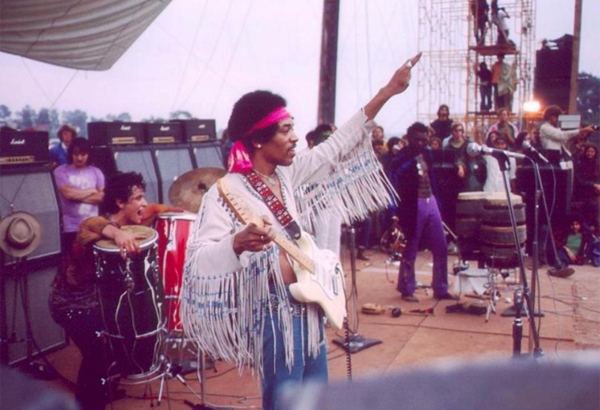
“Aretha Franklin did a really good job, as did Marvin Gaye. Jimi Hendrix did one at Woodstock that was sort of punctuated by bombs bursting all over us and at the time was sort of downplayed,” Vile said. “Whitney Houston did a great job.”
Lucy Monroe was known for singing “The Star Spangled Banner” more than 5,000 times in her life, earning her the nickname The Star-Spangled Soprano.
A lot of protests surround the national anthem in modern times, Vile said.
“You have the right to stand silent,” he said. “Taking the knee was meant to be more respectful than just sitting down, and I don’t question the motives of the people who were doing it, but I just don’t know how effective it is. The flag and the anthem have such emotional resonance with people that sometimes it has more of an emotional connotation. Does the flag stand for police brutality? Then [critics of those protesting the anthem] say ‘this is someone who is not very patriotic. Why aren’t they willing to get up? Why are they doing that?’ So I don’t know how effective it is, but they do have a right to do it.”
There are questions and controversy about the lyrics of the anthem itself, particularly around Francis Scott Key incorporating sentiments of slavery into the third verse of “The Star-Spangled Banner.”
Writing about this little-known third verse, which contains the line No refuge could save the hireling and slave / From the terror of flight or the gloom of the grave, Vile says that “at least on the surface, the verse seems to be glorying in the death of slaves.
“In context, however, it appears that Key is not lauding the death of slaves in general but the death of both mercenaries and slaves who were part of the British invasion.”
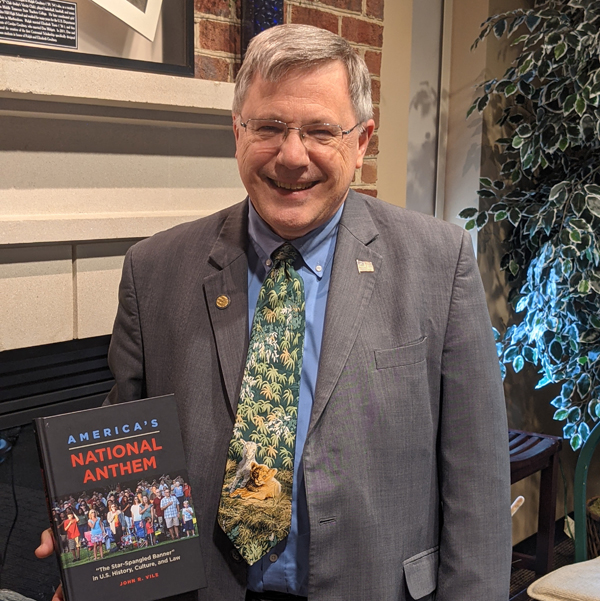
In his book, Vile quotes Christopher Wilson, the director of Experience Design at the Smithsonian’s National Museum of American History, who observed that “every time Jackie Robinson stood on the baselines as the anthem was played, or when civil rights movement activists had the flag ripped out of their hands as they peacefully marched, or when my dad saluted the flag at a segregated army base in Alabama fighting for a nation that didn’t respect him, the song became less Key’s and more ours.”
Vile’s book America’s National Anthem is an encyclopedia and reference work that covers these topics and many more: everything related to the anthem, from its origins and performances to notable phrases, and its meaning to different demographic groups. The book includes law and court cases related to the anthem and the national anthem in popular culture.
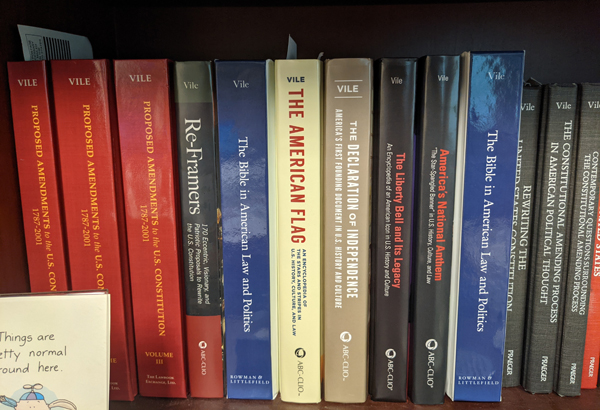
Vile has written several books about American symbols such as the Liberty Bell, as well as The Bible in American Law and Politics, Encyclopedia of the First Amendment and other works.
He is also a minister at a small rural church, Beech Grove Cumberland Presbyterian Church.
For a more complete list of Vile’s books, visit mtsu.edu/honors/staff/vile.php.
America’s National Anthem: The Star-Spangled Banner in U.S. History, Culture, and Law is available on Amazon.













[…] Dr. John Vile, dean of the University Honors College and a political scientist, explained the many facets of The Star-Spangled Banner in a June 30 article in the Murfreesboro Pulse. His insights can be read here. […]
Pingback July 15, 2021 @ 5:02 pm